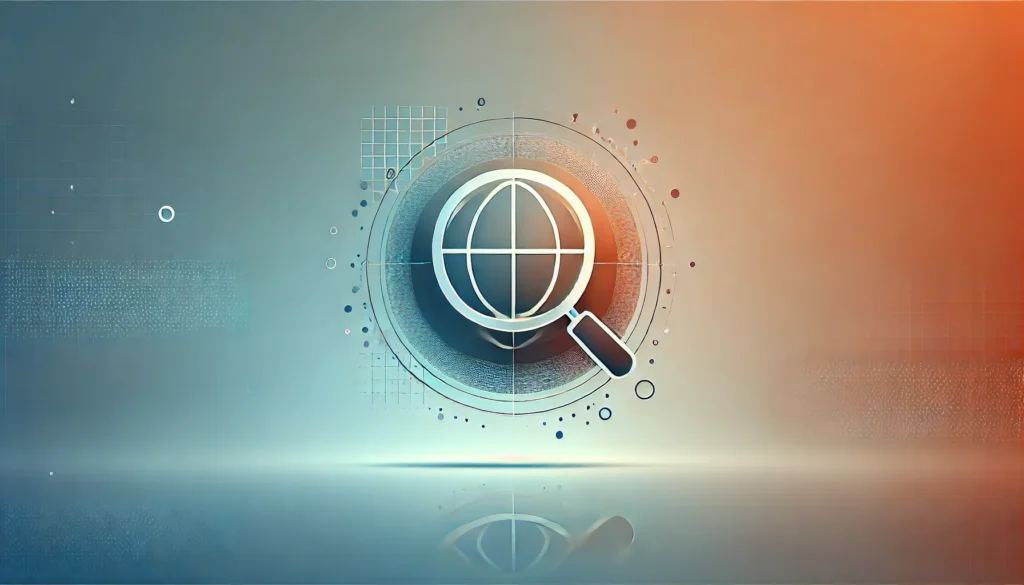In an era where technology integrates seamlessly with defense and intelligence operations, the Kidon Unit stands out as a remarkable example of modern warfare innovation. Known for its high-tech capabilities, the Kidon Unit, established as a part of Israel’s elite intelligence agency, Mossad, combines cutting-edge technology with tactical prowess to execute missions that are both complex and ultra-sensitive. In this article, we will explore the essence of the Kidon Unit, examining its operations, technological advancements, and the ethical considerations surrounding its actions.
What Is the Kidon Unit?
The Kidon Unit, often shrouded in secrecy, is essentially a specialized team within Mossad that focuses on covert intelligence and targeted operations. The Hebrew word “Kidon” translates to “bayonet,” highlighting the unit’s role in direct action missions, intelligence gathering, and targeted assassinations. The Kidon Unit is primarily responsible for:
- Counter-terrorism: Engaging in operations against threats to Israel.
- Assassination Missions: Conducting covert operations against high-profile targets.
- Espionage: Gathering intelligence vital to national security.
The Formation and Evolution of the Kidon Unit
The Kidon Unit dates back to the early years of Israel’s establishment in 1948, though its operations remained low-profile until more recent decades. Over time, the unit has evolved to incorporate advanced technologies and methodologies that enhance its operational effectiveness.
Technological Innovations in Operations
Technology plays a pivotal role in the Kidon Unit’s successes. From sophisticated surveillance equipment to advanced weaponry, the following innovations have significantly shaped its methods:
- Drones: Allowing for real-time surveillance and intelligence without exposing personnel to danger.
- Cyber Intelligence: Utilizing hacking and digital espionage to gather information remotely and covertly.
- Biometric Equipment: Enabling the identification and tracking of targets with precision.
Strategic Operations and Notable Missions
While the specifics of Kidon Unit operations are often classified, several high-profile missions have been attributed to its members, enhancing its reputation as a formidable force.
Assassination of Key Figures
One of the most notable aspects of Kidon’s operations is its involvement in the targeted killings of individuals deemed threats to Israeli safety. Some infamous missions include:
- The Killing of Mahmoud al-Mabhouh (2010): A senior Hamas military commander was assassinated in a Dubai hotel. The operation showcased the use of advanced technology, including fake identities and high-tech equipment.
- The Lyon incident (1982): In this case, the Kidon Unit eliminated several members of the Palestine Liberation Organization (PLO) who were responsible for attacks against Israeli citizens.
These operations often raise questions about legality and morality in warfare, illustrating the complex dilemmas faced by intelligence agencies today.
Ethical Considerations Surrounding Kidon Unit Operations
As with any covert operations, Kidon’s activities spark a significant ethical debate. These considerations include the following:
Questions of Legitimacy and International Law
- Sovereignty Violations: Many Kidon missions take place in foreign countries, leading to questions about respect for sovereignty and the legality of such actions.
- Civilian Casualties: Targeted killings have the potential to harm innocent bystanders, creating humanitarian concerns.
“Every action must be measured against the potential fallout, especially when lives are at stake.”
Balancing Security and Human Rights
Intelligence operations, including those carried out by the Kidon Unit, highlight the conflict between national security and personal rights. The extent of government secrecy can lead to a lack of accountability, which can have dire consequences.
The Future of the Kidon Unit in the Age of Technology
As technology continues to advance, the capabilities of the Kidon Unit are likely to expand. Here are several future considerations:
The Role of Artificial Intelligence
Artificial intelligence is poised to transform intelligence operations:
- Enhanced Data Analysis: AI can sift through vast amounts of data to identify patterns and potential threats.
- Predictive Analytics: This technology can be utilized to forecast potential security threats before they materialize.
International Collaboration
The complexities of modern threats necessitate collaboration between intelligence agencies worldwide. Kidon may increasingly find itself working with allies to combat common adversaries.
Conclusion
The Kidon Unit represents the cutting-edge of modern intelligence and warfare, balancing technology with traditional espionage tactics. As we delve deeper into the decade ahead, the methods and implications of such elite units will continue to provoke discussions about ethics, legality, and the enduring quest for national security.
Whether viewed as a necessary force for national defense or a controversial element in global affairs, the Kidon Unit symbolizes the complexities of our rapidly evolving world. As we navigate these challenges, we must also consider the delicate balance between security measures and human rights, affirming that the conversation is as crucial as the actions taken.
For those interested in learning more about the complexities of intelligence operations, consider exploring resources on national security and ethics in warfare.
